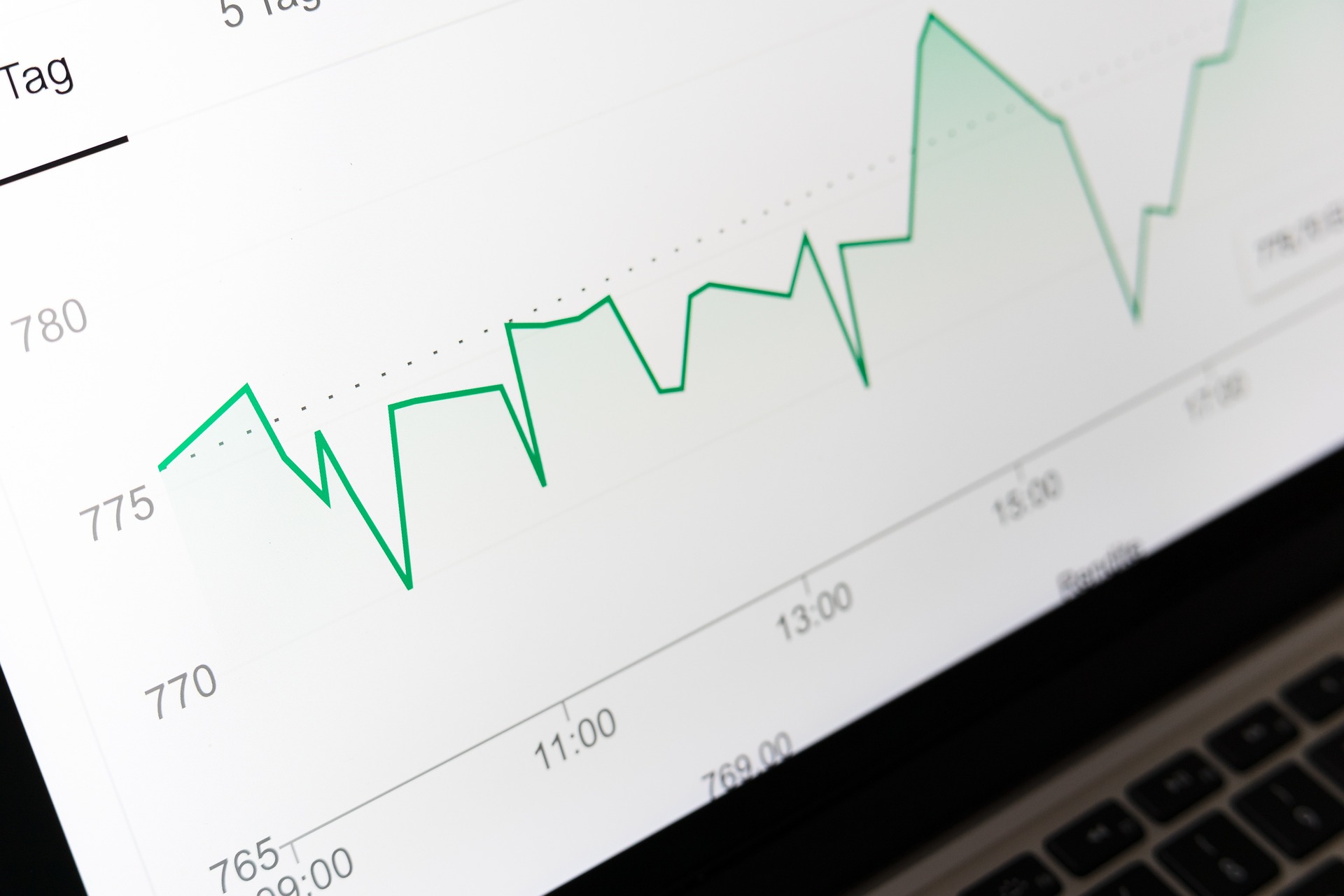No, time, thou shall not boast that I do change;
They are but dressings of a former sight – William Shakespeare, Sonnet 123
Many investors spent much of the month of May focused upon the negotiations in Washington DC on raising the debt ceiling of the federal government. Others chose to be enthused over Nvidia’s announcement of May 24th that the company was raising the estimate for its second quarter revenue from $7 to $11 billion leading to a torrent of prophecies of the coming Artificial Intelligence (AI) “revolution”. With that competition for investor’s attention the Bureau of Labor Statistics (BLS) release at 8:30 am on May 10th of the April Consumer Price Index detailing a rise of 0.4% for the month and 4.9% increase year over year passed relatively unnoticed. The number itself was as expected and failed to elicit much of a response from the stock market. Peeling back the various layers of the data though, it is becoming possible to discern that by the end of the year there may be a seismic shift in the Fed’s focus from that of prices rising too quickly to that of their actual descent.
The data the BLS uses to calculate the rise of used car prices and rents are several months old. We know that using more current numbers those prices are now falling and setting them at 0% in April would have given us a CPI number of -0.1%. Producer Prices measure the prices that domestic goods and services producers receive; the “input” side of the US economy. Those prices rose 0.2% for the month and 2.3% year over year with actual declines in the prices of food, construction costs and transportation along with airfares, hotels and sporting events. The list of commodities trading at prices double digits below their peak levels of the past two years is a lengthy one and includes copper at -20%, coffee -28% lumber -78% and eggs at -82%.
Reasons for the onset of falling prices should be understandable for even a casual observer of the economy. Borrowing’s effect upon the economy is the opposite of that of saving as borrowing draws into the present what would otherwise have been higher future levels of demand. In the 32 years from 1990 through 2022 debt in the United States grew at a rate approximately 50% faster than its economy resulting in debt service representing an increasing claim upon the nation’s economic output and the declining rates of economic growth we are now experiencing. The result is an economy that becomes increasingly sensitive to the level of interest rates and thus more prone to the risk of falling prices as demand grows more slowly than supply. The effects of the $5 trillion spent by the US federal government to offset the economic effects of the pandemic are starting to disappear and M2 money, which had been rising at 27% in early 2021, is now showing an outright decline.
It may be wise for investors to begin to prepare themselves for the possibility of the federal reserve beginning to lower interest rates much sooner than the financial markets currently believe likely, creating the opportunity of taking advantage of a future that is only now becoming visible. Investors now crowding into money market funds yielding 4% and one-year certificates of deposit at 5% should entertain the possibility that rates in the not-too-distant future will make those only fond memories. Bonds which created equity bear market type negative returns in 2022 could be sources of equity market type capital gains. Utility stocks which have declined almost 8% year to date may find their 3% to 4% dividend yields once again an object of investor affection. High dividend stocks whose returns have underperformed S&P 500 by 10% year to date may return to favor.
Perhaps what investors should view as one of their most valuable assets is perspective. Debt is the overwhelming reality of our existence. Artificial Intelligence, debt ceiling talks and federal reserve meetings may serve as welcome sources of distraction but at the end of this day, and for a great many to follow, it’s likely that we find ourselves returning to the pre-pandemic world and this is an outcome that quite possibly we should welcome. The S&P 500 returned an average of 13.6% in the ten years preceding year end 2019. Simple logic should teach us that if the sources creating our current state of reality haven’t truly changed then perhaps the reality we should anticipate lies not too far distant in the past.
May delivered 60 Equity/40 Fixed Income & Cash investors a -1% return for the month and +2.5% year to date as a small rise in interest rates created -1/2% returns for bonds and just over -1% for equities. The change in the May equity market was notable as eight of the eleven sectors of the S&P 500 experienced negative returns with Technologies 9 ½% positive return once again being the notable outlier. Foreign developed markets were -3.7% headlined by Europe’s -5.7% pullback. Returns outside the US are likely explained by rising concerns about the continuing strength of China’s economic recovery.
Mark H. Tekamp/June 6, 2023


